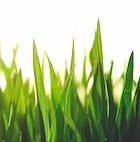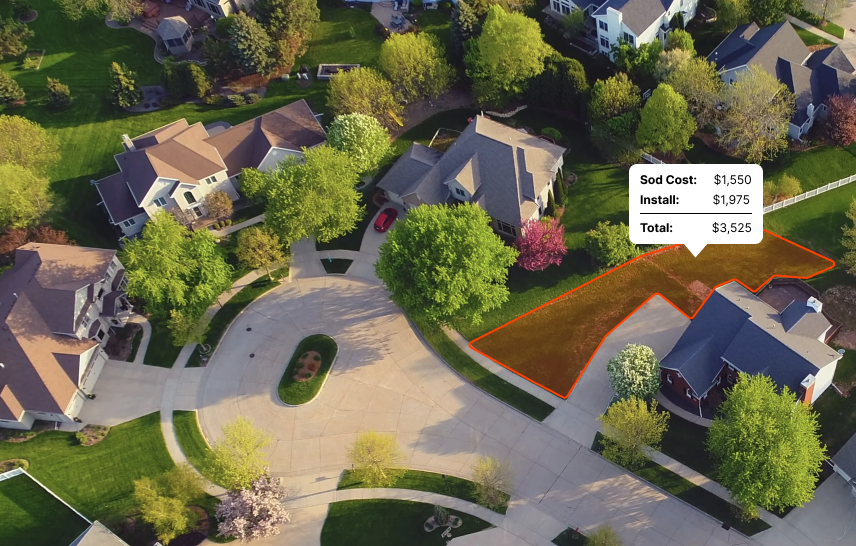Overall, Vermont's climate and grass zone provide specific requirements for the types of grass that are best grown in the state. It is important to take these factors into consideration when deciding on the type of grass to plant.”
Introduction
Vermont has a humid continental climate, which means that it experiences cold winters and warm summers with a moderate amount of rainfall throughout the year. This type of climate affects the types of grass that are best grown in the state.
Grasses that are cold-tolerant and can withstand harsh winters are ideal for Vermont. The best time to lay grass in Vermont is during the late summer or early fall when the temperatures are cooler and there is more rainfall.
This allows the grass to establish deeper roots before the winter months arrive. It is important to avoid laying grass during the hot summer months as it can be stressful for the newly laid grass and may result in it not surviving.
Vermont falls under the cool-season grass zone, which means that grasses that thrive in cooler temperatures are best suited for the state. These grasses grow best in temperatures between 60-75°F and include grasses such as Kentucky bluegrass, fine fescue, and perennial ryegrass.
What are the best sod types for VT?
In the world of landscaping, not all grasses are created equal. Each thrives in a specific climate zone: cool, warm, or transition.
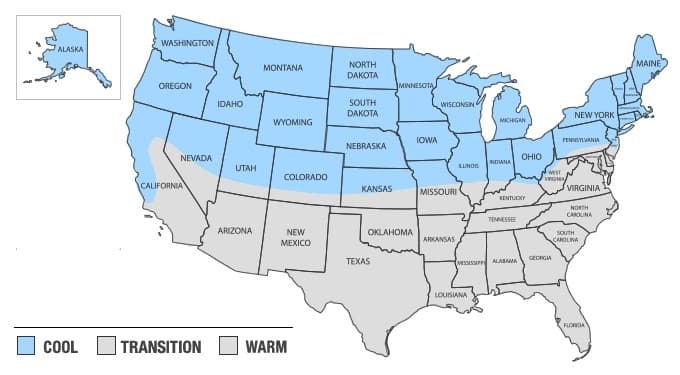
Vermont, with its cool season climate, prefers a particular set of grasses that relish the lower temperatures. The following sods are the easiest to grow and maintain in Vermont:
While it's possible to grow grasses meant for other regions with proper care, attention and timing, these are the most common grasses in Vermont for residential lawns.
Level Up Your Lawn Skills
Once per week we'll send you an interview from someone who has mastered the art of lawn care.
Recommended species for shade
We get it. Not every part of your lawn is blessed with abundant sunlight. In fact, Vermont’s charming foliage can often turn your lawn into a shade festival. Don't sweat it. Let’s discuss some shade-loving grass varieties specifically bred for Vermont’s unique climate.
First up, Kentucky Bluegrass. Yes, it's more than just a genre of music. This cool-season turfgrass needs around 4 hours of sunlight daily. But folks, it has been known to prosper even in areas where the sun plays hard to get. What makes it irresistible is its astonishing recuperative potential. This means, in a world where the sun hides, Bluegrass stands tall!
Then you have Fine Fescue. Don’t be deceived by the ‘fine’ part of its name, this grass is a real heavyweight when it comes to surviving on minimal sunlight. Think 3 to 4 hours daily. Plus, it’s got an impressive tolerance level for Vermont’s chilling winters, making it a crowd-pleaser. Do note, it prefers well-drained soil, so avoid water-logging.
Lastly, meet Perennial Ryegrass. Resilient, energetic, and requiring just about 4 to 6 hours of sunlight a day, Ryegrass is a treat for your shaded lawny needs. Its fascinating feature is its speedy germination. A patch of bare dirt today? Lush green carpet in a week or two! Keep atop its watering needs and you've got a winning starring role in your lawn.
Remember, grass is like your charm – it only works best when it’s in the right place at the right time. Choosing the best sod means considering the unique features of your property. Partial sunlight throughout the day or dense shade? We got you covered. With the right grass type – be it Kentucky Bluegrass, Fine Fescue, or Perennial Ryegrass, your Vermont lawn can be the stuff of neighborhood envy. Don’t shy from the shade, embrace it!
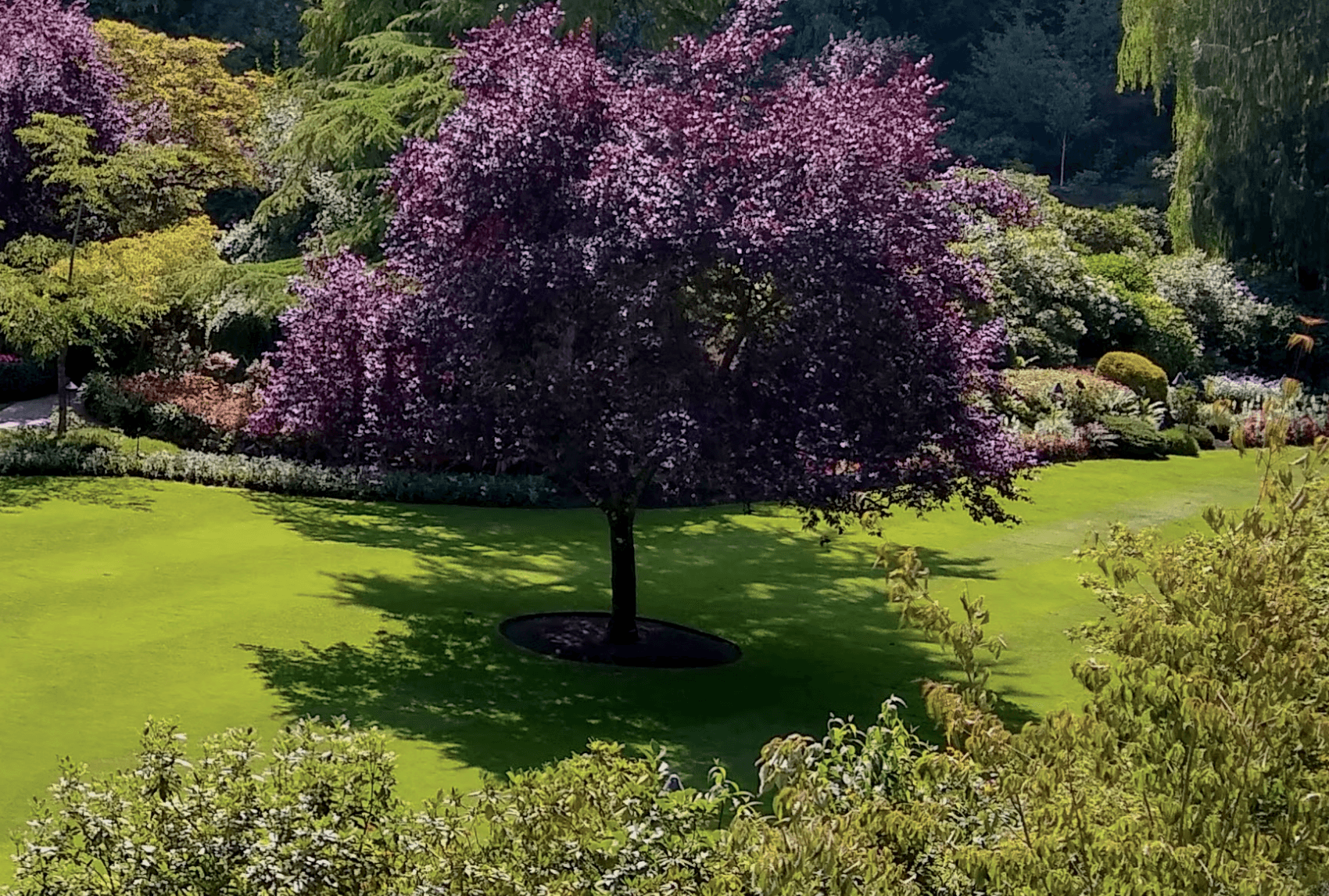
Recommended for full sun or partial sun
Choosing the right sod for your lawn depends heavily on the sunlight exposure in your yard. Different grass types have varying light requirements for optimal growth and appearance. Assessing whether your lawn receives full or partial sun is essential in selecting sod that will flourish and stay healthy in your specific environment.
Below are some sod options recommended for either full sun or partial sun conditions in VT:
| Grass Type | Sun | Good to Know |
|---|---|---|
| Tall Fescue | Partial | Tall Fescue is adaptable to a range of conditions, including partial sun, and is known for its deep root system and tolerance to drought. |
| Kentucky Bluegrass | Full | Kentucky Bluegrass prefers full sun and is prized for its fine texture, rich color, and ability to recover quickly from damage. |
| Perennial Ryegrass | Full | Perennial Ryegrass thrives in full sun and is known for its rapid germination, fine texture, and bright green color. |
| Fine Fescue | Partial | Fine Fescue is well-suited for partial sun and is appreciated for its fine texture, shade tolerance, and low maintenance requirements. |
What varieties stay green year-round?
As with anything agriculture related, there is some nuance to this question. There are many grasses that can stay green year round in but it depends heavily on your location within Vermont as well as any microclimates that may exist.
The following grasses have the ability to stay green year round in Vermont:
| Grass Type | Caveats |
|---|---|
| Tall Fescue | It typically stays green throughout the year in milder climates, given that it isn't overly stressed by heat or drought in the summer. |
| Kentucky Bluegrass | It can retain its green color for much of the year when well-maintained, though harsh winter temperatures can push it towards dormancy and a browner hue. |
| Perennial Ryegrass | It can stay vibrant and green throughout the year in many climates, unless conditions are extremely cold or dry. |
| Fine Fescue | It keeps its green color throughout the year in ideal conditions. If the winters are particularly harsh, it may lose some color. |
What is the best time to lay sod in Vermont?
Since it is considered a cool-season location, the ideal time to lay sod is in early spring or early fall. These periods offer moderate temperatures, leading to less stress on the sod and providing optimal conditions for root establishment before extreme temperatures of winter or summer. Avoid the summer, as high heat can stress the sod.
As you can see in the image below, you'll notice the most shoot growth (the grass above ground) and root growth in the spring and fall for cool season grases:
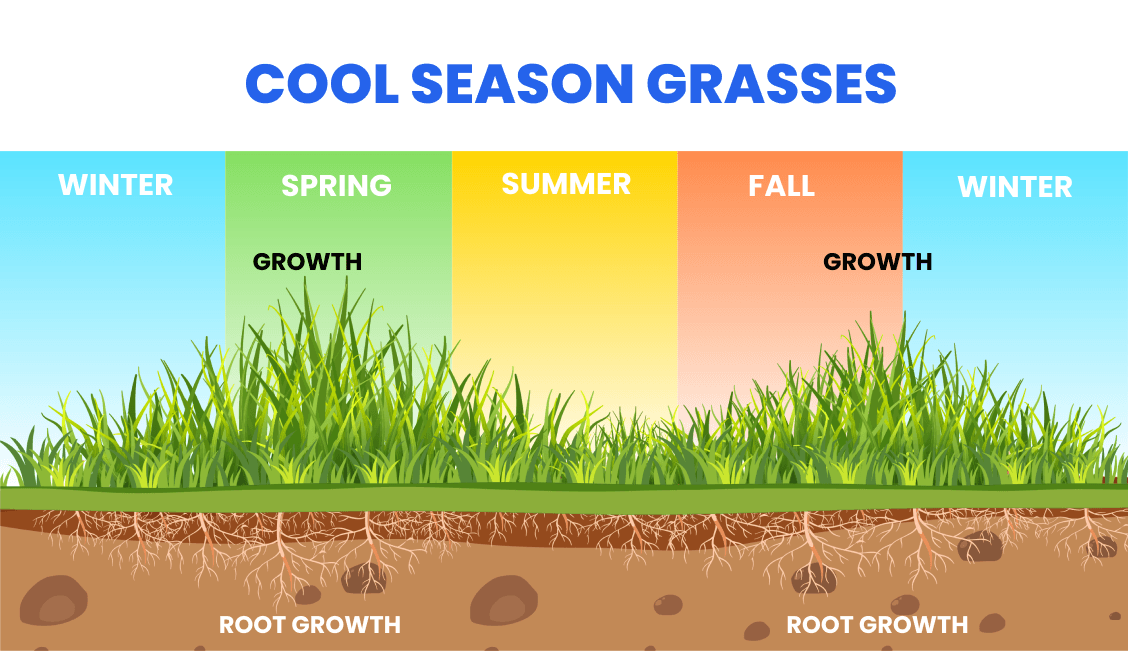
Find reputable companies for installing sod in VT
Here are the top problems you'll face when trying to get sod installed by a landscaping company:
- They're not transparent about pricing. You'll often get a quote that's way higher than you'd expect.
- They're hard to get ahold of on the phone or you'll reach out online but won't hear back.
- It's hard to pin them down for a specific date. Because you can only bring sod from the farm when there's decent weather, this causes some delays at times. It also has a short shelf life, so it's important to get it installed within a day or two of delivery.
We've done all the work for you. Click below to get a quote from one of the top installers in Vermont.
